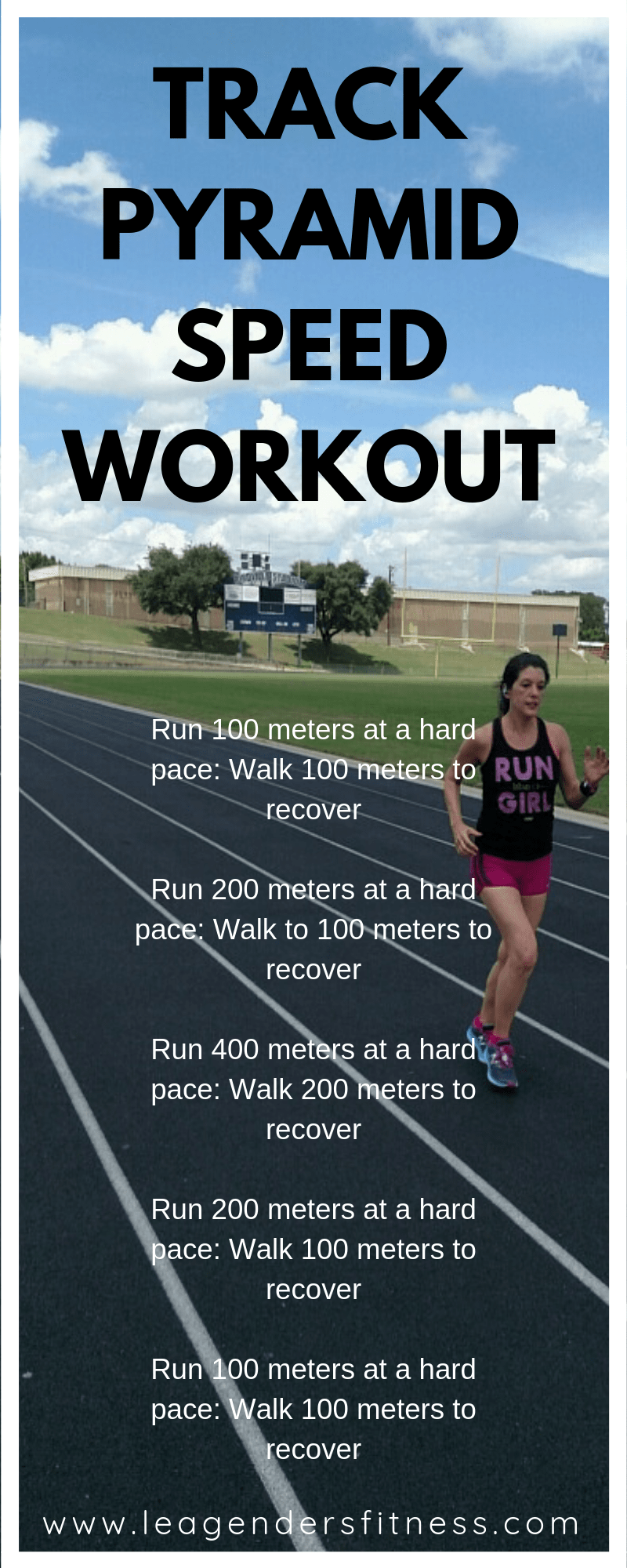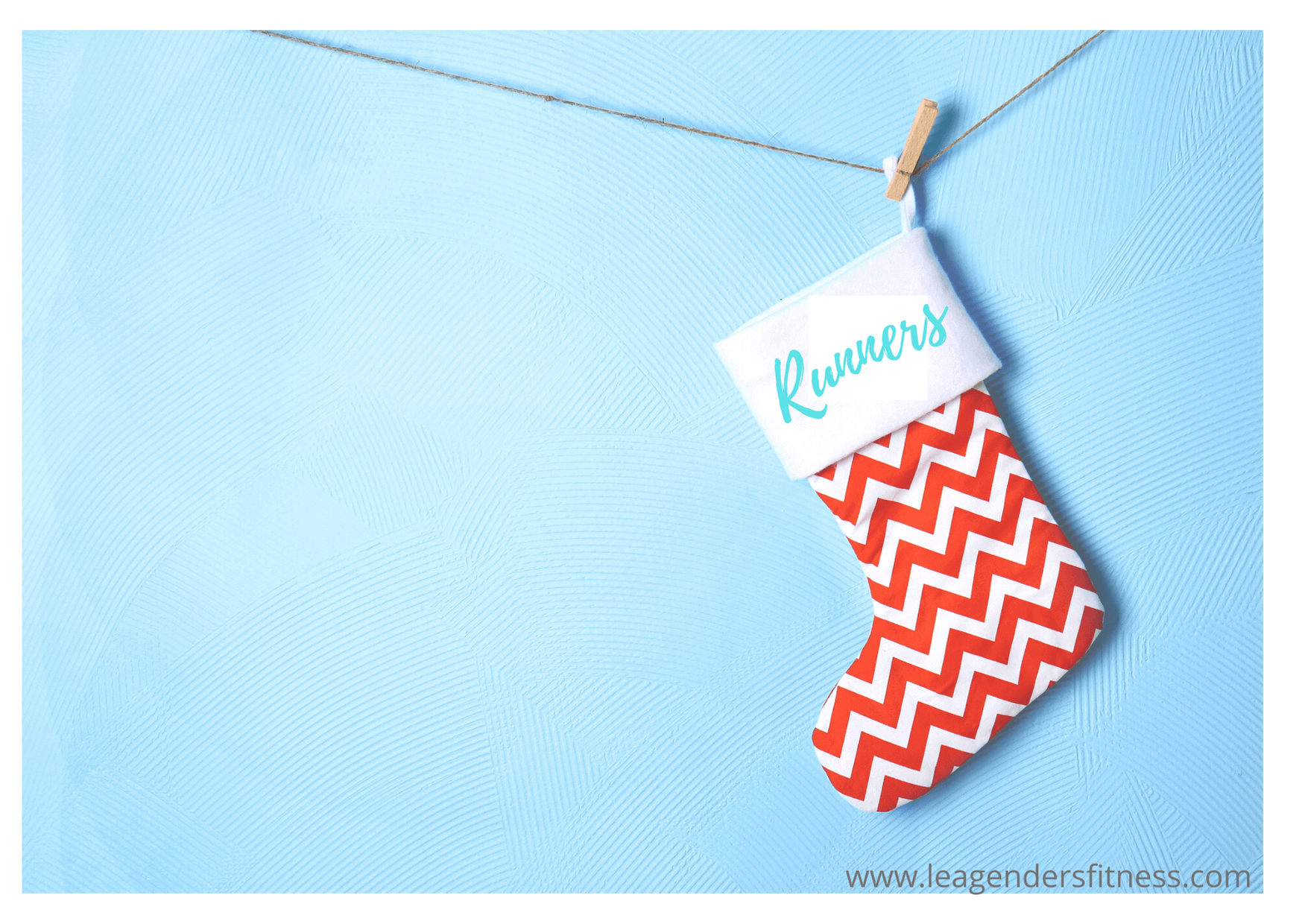Welcome to the latest edition of ‘Workout Wednesday’ when each week I share a new running or strength training for runners workout. This week we are discussing five ways to a faster 5K finish.
5Ks can be a lot of fun with holiday-themed community runs, or they can be a chance to test your abilities and challenge your limits. If you want to improve your 5k finish time, these five steps will get you there, provided you’re willing to put in the work.
We are a participant in the Amazon Services LLC Associates Program, an affiliate advertising program designed to provide a means for us to earn fees by linking to Amazon.com.
1. Work on Running Form
When running faster, it’s even more important that your form is correct. Any deviation from the proper running form can make you less efficient, slow you down, and lead to injuries. Work to improve the quality of your runs before layering on the miles.
Look straight ahead. If your running shoes come into view, you’re looking the wrong way.
Don’t bend at the waist. Stand tall with your shoulders down and back. Lean forward at the ankles.
Swing your arms forward and back (do not cross over the front of the body).
Running is when both feet are in the air. Aim for soft and quick steps.
Your foot shoot land under your center of gravity, not out in front.
Set up a camera and run past the lens to film your form in action. Play it back in slow motion and look for ways to improve. It can be hard to perceive your form while running, filming helps you see if you are moving efficiently. Practice form during each run, stay present in your runs, and before you know it, good form will become second nature.
2. Perform Speed Intervals
If you want to run faster, you have to train to run faster, but there’s a caveat. Most of your runs should be slow (slower than you think) to build a base, practice skill and form, and allow your body to recover. If you run fast and hard every workout, then your body won’t be able to recover fully before your next run. Most athletes need only one or two speedwork sessions a week to see results. More is not better.
Here is a track workout that is appropriate for runners who have at least four to six weeks of consistent running three to five times a week under their belt. If you are new to speedwork, then perform this workout once per week for the best results.
TRACK PYRAMID SPEED WORKOUT
A standard track is 400 meters or 1/4 mile around with two 100 meter straights and two 100 meter curves. You can do this workout on a track, on a treadmill, or outside on a flat stretch using a GPS watch to track distances.
Always warm-up before beginning a workout.
Run 100 meters at a hard pace: Walk 100 meters to recover
Run 200 meters at a hard pace: Walk 100 meters to recover
Run 400 meters at a hard pace: Walk 200 meters to recover
Run 200 meters at a hard pace: Walk 100 meters to recover
Run 100 meters at a hard pace: Walk 100 meters to recover
repeat
Hard pace means you could only get out a word or two between breaths if you tried to talk. See this post for more on pacing based on the talk-test.
3. Add in Strength Training
Muscles stabilize the joints, so strong muscles can help shield you against joint injuries. Work to build strength that can translate to faster 5K finishing times.
STRENGTHEN YOUR CORE
Strengthen your core to provide a stable base; your core includes everything below your chest and above your thighs. Visit this post for core exercises for runners.
PERFORM SINGLE-LEG EXERCISES
Do single-leg exercises to build independent hip and leg strength. When you run, you shift your body weight from one leg to the other for the duration. Unilateral (single side) strength helps you run stronger, reduce muscle imbalances, and the chance of injuries. Here are some single-leg exercise ideas.
STAY BALANCED WITH LATERAL EXERCISES
Strengthen the muscles that you don’t use while running to stay balanced and injury-free. Runners will benefit from strengthening the muscles used for lateral moves since we don’t build those muscles while running. Check out this post on strengthening the Gluteus Medius.
BUILD STRENGTH IN THE MUSCLES YOU USE TO RUN
Strength the muscles you use while running to power your stride: the quadriceps, hamstrings, and glutes with traditional squats, deadlifts, and lunges
4. Rest and Recover
You don’t get faster or stronger during your workout; you get faster and stronger in the rest period after the workout. That means if you don’t allow your body the time it needs to recover, you won’t see the results you desire from all your hard work. Resting is part of the plan. Always allow one to two full rest days per week, or rest the day after hard workouts.
Your lifestyle is a factor in how well you recover. What you eat and drink, how well you sleep, your stress levels and your non-exercise activity all have an impact on your recovery, and therefore your performance. You’ll run your best 5K when you fuel and recover properly.
5. Develop a Strong Mindset
A resilient mind can be the difference between success and failure. Believe you can, work hard, visualize success, overcome obstacles, and stay positive in the face of challenges. Not every run will be great, but there’s an opportunity to learn from those bad days.
USE A MANTRA
Come up a running mantra for when things get hard. Repeating a mantra can focus your mind and drown out any negative thoughts.
“If it’s to be, it’s up to me.”
“I can do this, I’m strong."
HAVE GROWTH MINDSET
Replace “I can’t do it,” with “I can’t do it yet, but with consistent training, I’ll get there.”
Replace “It’s too hard” with “I’m doing the best I can, and I have room to grow.”
Replace “I suck at this.” with “Everyone starts as a beginner, I’m getting better every day.”
KEEP A RUNNING JOURNAL
Keep a running journal so that you can look back and see how far you’ve come. We sometimes can have negative feelings about our progress, and forget about how far we’ve already come.
Benefits of a running journal.
GET INSPIRED
I recommend Deena Castor’s book: Let Your Mind Run: A Memoir of Thinking My Way to Victory. Her inspirational stories of using positive thinking, a growth mindset, and visualization will inspire you to apply it to your training.
Are you ready to run a faster 5k? Dedicate yourself to the training, be diligent about form, stay consistent, get enough rest, and work on your mindset to run across the finish line laster.
Did you like this post? Do you know someone who might benefit? It helps me when you share with your friends and followers on Facebook, Twitter, or Pinterest.
Questions? I’d love to help.















When people talk about performance-enhancing drugs, they aren’t usually talking about caffeine, but if used correctly, caffeine can improve your running performance. In this blog post, I’ll teach you how to use caffeine to boost your performance. for key workouts or race day.